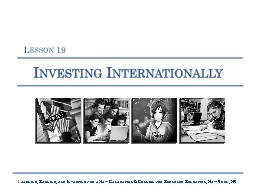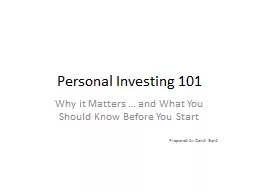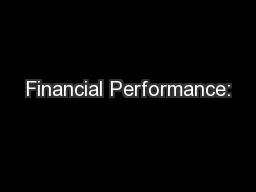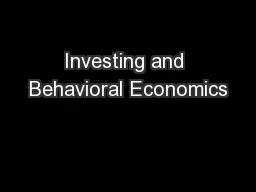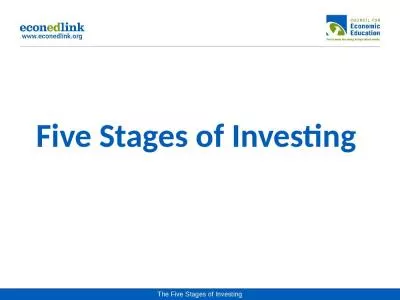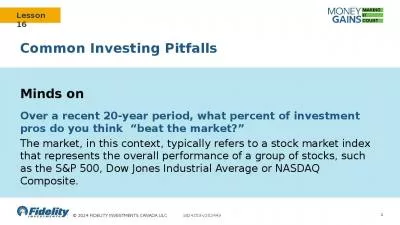PPT-Investing Internationally
Author : phoebe-click | Published Date : 2016-08-14
Lesson 19 The Benefits and Costs of Investing Internationally Benefits Diversification Investors can spread risk by owning stocks or bonds of foreign businesses
Presentation Embed Code
Download Presentation
Download Presentation The PPT/PDF document "Investing Internationally" is the property of its rightful owner. Permission is granted to download and print the materials on this website for personal, non-commercial use only, and to display it on your personal computer provided you do not modify the materials and that you retain all copyright notices contained in the materials. By downloading content from our website, you accept the terms of this agreement.
Investing Internationally: Transcript
Download Rules Of Document
"Investing Internationally"The content belongs to its owner. You may download and print it for personal use, without modification, and keep all copyright notices. By downloading, you agree to these terms.
Related Documents

